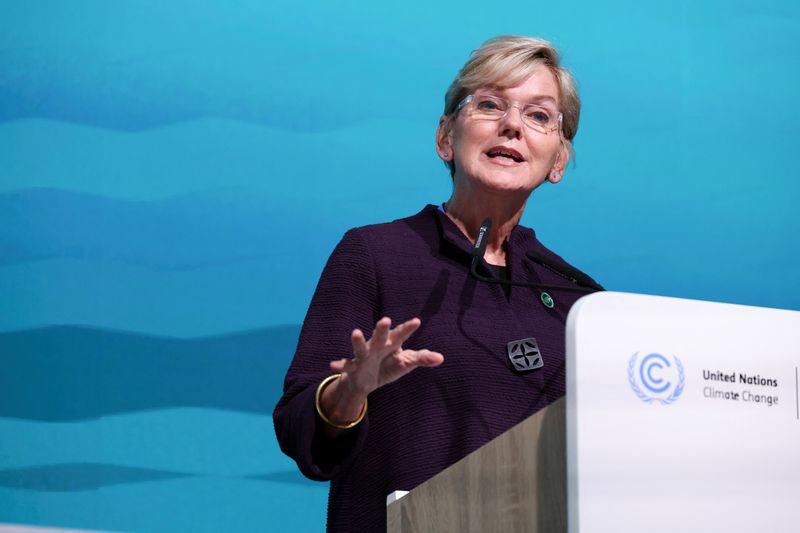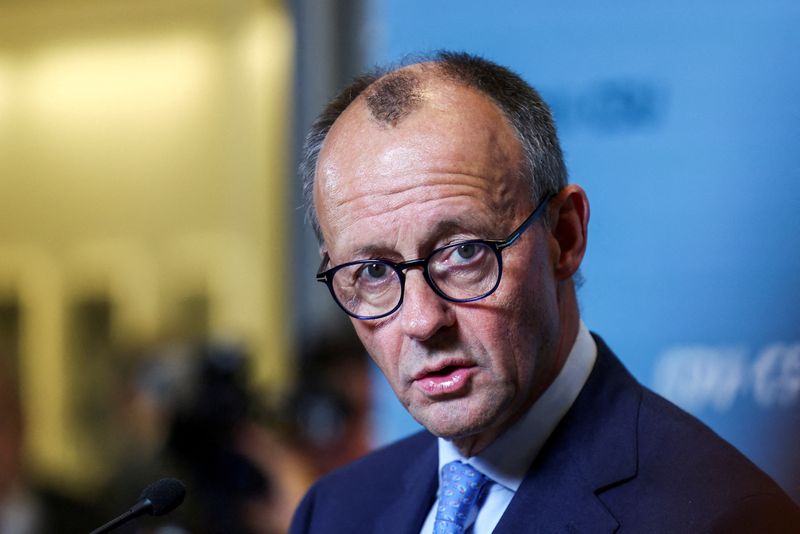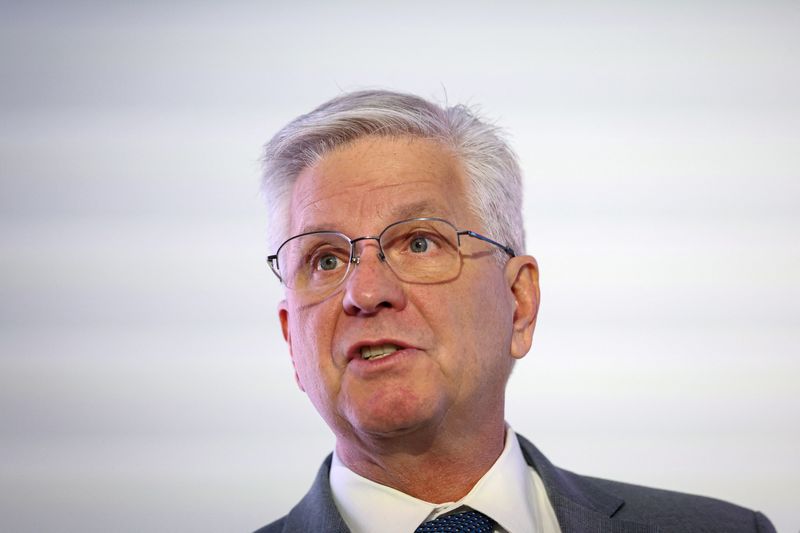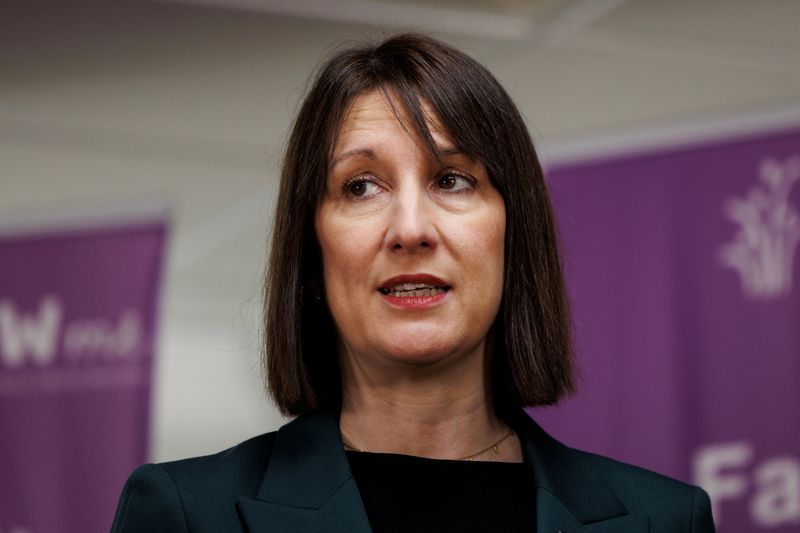By Timothy Gardner
WASHINGTON (Reuters) – The U.S. Department of Energy said on Wednesday it has awarded up to $2.2 billion to centers on the Gulf Coast and in the Midwest to develop hydrogen, an emerging source of energy that is expensive to produce using renewable power.
WHY IT’S IMPORTANT
Hydrogen backers, including the administration of President Joe Biden, believe that low-carbon hydrogen can fight climate change by fueling heavy industry such as aluminum, cement, steel and long-haul transportation. The vast majority of hydrogen is produced now with fossil fuels with unabated emissions, at a fraction of the cost of clean hydrogen.
Backers hope clean hydrogen will be produced commercially in coming years with renewable energy, natural gas combined with carbon capture, and nuclear power.
It is uncertain how hydrogen will fare under President-elect Donald Trump, but the awards came from the 2021 bipartisan infrastructure law.
KEY QUOTE
The move signals “our deep commitment to strengthening America’s energy security and boosting our economic and global competitiveness while also tackling the climate crisis,” said U.S. Energy Secretary Jennifer Granholm.
BY THE NUMBERS
The administration is awarding up to $7 billion in federal grants. Last year, two hub projects partially located in Pennsylvania got awards.
The Gulf Coast hydrogen hub in Texas got up to $1.2 billion on Wednesday while the Midwest hub, with locations across the industrial corridor of Illinois, Indiana, Iowa and Michigan, is getting up to $1 billion.
The Gulf hub proposes to produce clean hydrogen from water through electrolysis and from natural gas with emissions captured and stored underground.

The Midwest hub aims to produce hydrogen with wind energy, natural gas with carbon capture, and nuclear.
The plan will set the U.S. on a path to produce 50 million metric tons of clean hydrogen fuel by 2050, the Biden administration says.






